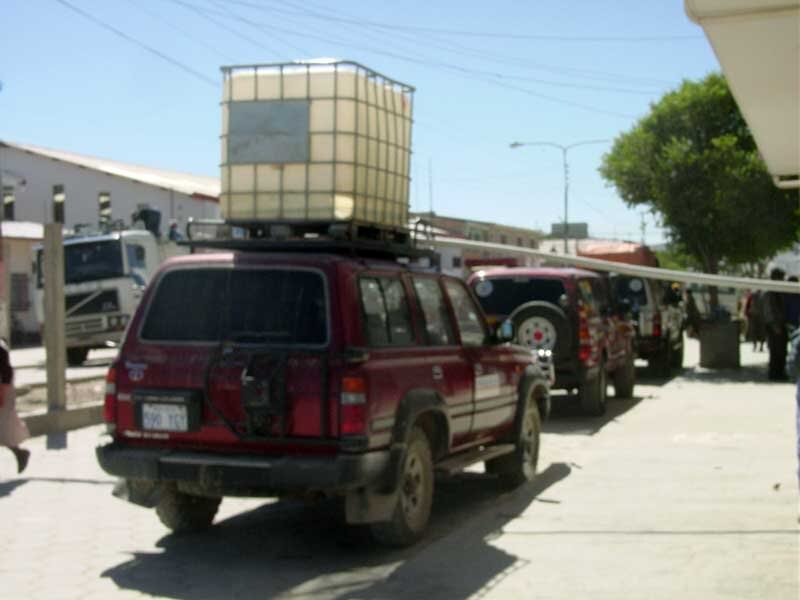CJBNomad8654
Active Member
- Joined
- Jan 6, 2013
- Messages
- 51
Hi, I am trying to figure out my payload. I have a 1997 Land Cruiser 1HD-FT. The COC from Toyota says 2460 kg mass in working order. It then says 3060 kg permissible laden mass. When you look at distribution of max mass though (1500 kg/1950 kg max mass per axle [F/R]) and add those together you get 3450 kg. I subtracted the mass in working order from the max I got from adding the front and rear together and got 990 kg. First I guess I need to know if I am even going about this the right way, then I need to know how getting new (and slightly larger) wheels, and new coils and shocks effects this.
I am trying to figure this out for my overland trip across Africa. I don't want to overload the truck. Thanks for any assistance.
I am trying to figure this out for my overland trip across Africa. I don't want to overload the truck. Thanks for any assistance.



